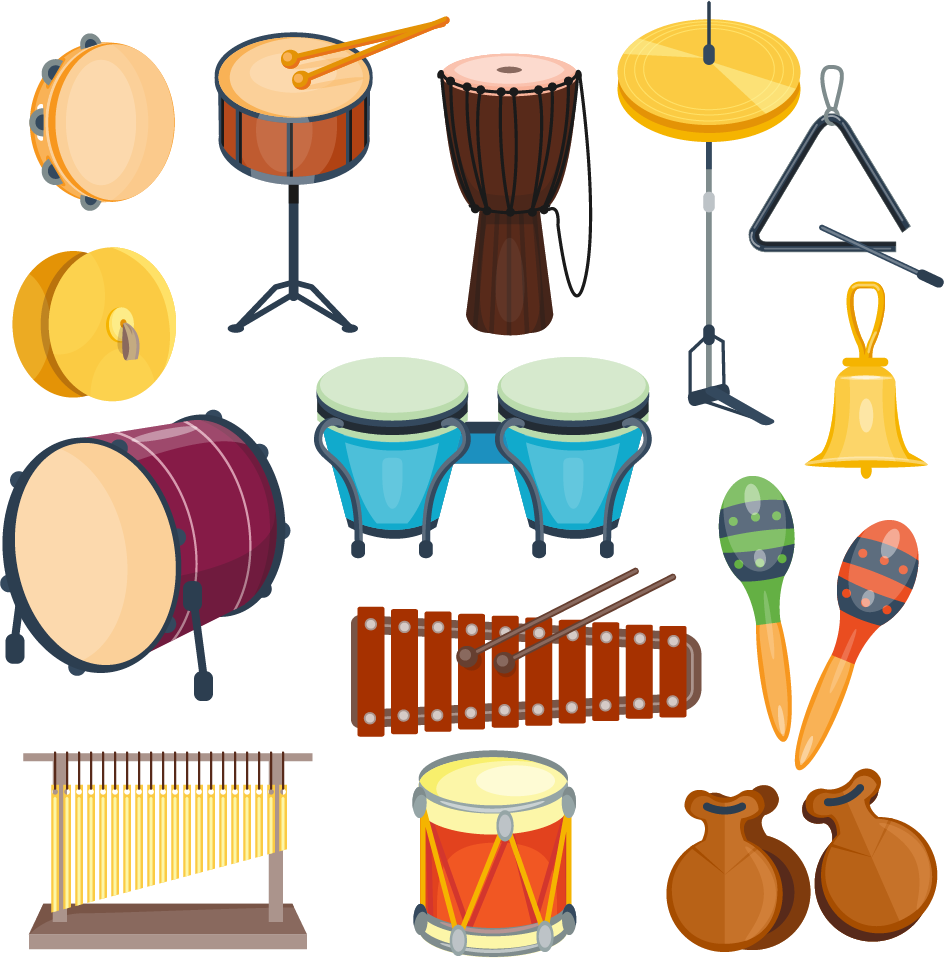Y1. Lesson 14. Inner hearing II
Prior learning: Inner hearing
Duration: 30 minutes
Materials:
Keywords: Beat, rhythm, singing, chanting, partners, rhymes, circle games.
Difficulty: ![]()
Prepare
Present
Practise
Inner hearing, ta & ti-ti
 Melodic development
Melodic development
![]() Students discover this call-and-response song.
Students discover this call-and-response song.
- Using a measured cadence, sing the song using a neutral syllable to the class.
- Ask the class to repeat the first line after you.
- Continue with the following lines in the same fashion, with students copying you.
- When secure, teach the first line; students should repeat after you.
- Repeat for the following lines.
- For the last line, a student is chosen to respond with a wish and sings the line accordingly.
- Repeat with other students as time permits.
 Questions
Questions
- If you had a wish, what would it be?
- Does this song sound better when it's softer or louder?
- What do you wonder when you sing this song?
 Rhythmic development
Rhythmic development
![]() Students respond with rhythmic body movements in this chant.
Students respond with rhythmic body movements in this chant.

- This is a good game for using body movements in this popular chant.
- Students form a circle and perform the movements indicated by the chant.
Let's put the rhythm on our feet, [stamp, stamp]
Let's put the rhythm on our hands. [clap, clap]
Let's put the rhythm on our head [say "ding, dong"]
Let's put the rhythm on our hot dog [wiggle at the waist]
Put them all together, and what have you got?
[Students go through all the motions]
 Creative movement
Creative movement
![]() Students use inner hearing to identify a student by their voice alone.
Students use inner hearing to identify a student by their voice alone.
- Instruct students to sit on the floor in a circle. One student is chosen to become the 'kangaroo', moves to the centre and kneels with their eyes closed.
- The teacher and class sing the song 'Kangaroo'. As they do so, the teacher picks a student who will sing (solo) the last line 'guess who's caught you just for fun!"
- The 'kangaroo' then has to choose who they believe was singing the last line. They are allowed three guesses.
- The student picked by the 'kangaroo' now moves to the centre, and the previous kangaroo joins the circle.
- The class and teacher will sing the song again, and the process will be repeated, with the teacher pointing at a new singer.
- This game is excellent for solo singing without pressure and for students to practice identifying another student by their voice timbre alone.
- It is important to ensure students keep the beat as they sing.
- The teacher should monitor and observe which students need extra help in singing and responding.
 Listening
Listening
![]() Students respond to a chant using inner hearing to march at different tempos.
Students respond to a chant using inner hearing to march at different tempos.
- Students spread out in the room.
- Lead the class in chanting Feet Feet at different tempos as the students march and keep the beat in their feet.
- Next, tell the class they must put the words in their head and march to the beat. This develops inner hearing (audiation).
- Pick a different student for every repetition to choose whether the tempo should be faster or slower than the one preceding.
- To make this game even more interesting, you could set a very slow or fast tempo!
 Visual learning
Visual learning
![]() Students discover a song by using time names only.
Students discover a song by using time names only.
- Students are seated and attentive.
- Explain that the class are now music detectives and must discover a song by reading the time names only.
- Begin by chanting and pointing to each rhythmic syllable in turn.
- Ask students if anyone can name the song.
- If a correct answer is received [Goodnight], ask the class to say and clap the syllables. Then sing the song together.
- If answers are incorrect, hum the first line and ask again.
- If no correct answers are received, then hum the whole song. Ask again.
- Help the class identify the song if you did not receive a correct response by either making a sleeping posture with your hands or singing the first few words.
 Instruments
Instruments
![]() Students develop their listening skills as they determine which sound is being played on an instrument.
Students develop their listening skills as they determine which sound is being played on an instrument.

- Enhance students' auditory capabilities and music appreciation with the classic game Percussion Palace.
- Ideal to be played as a whole class, in teams or individually, this game will test listening skills while introducing instrument identification.
- Gather 4-6 percussion instruments ranging from pitched (e.g. glockenspiels, xylophones) to unpitched items (wood block, drums).
- With this activity, students can learn about various sounds of different timbres and hone their musical understanding!
- To begin, explain to the class that they are in an imaginary palace full of percussion instruments. “There are ‘claves’ (or whichever instrument you have chosen) that sound like this… (play the clave), there are glockenspiels that sound like this…” etc. until you have played the sounds of all the instruments as you identify them.
- Students now close their eyes as you play one of the instruments. Then they open their eyes and decide which instrument they think it is.
 Part work
Part work
![]() Students recite a rhyme and use body percussion to separate beat from rhythm.
Students recite a rhyme and use body percussion to separate beat from rhythm.
![]()
Ladybird, ladybird, fly away home,
Your house is on fire. Your children are gone.
All except one, and her name is Anne,
And she hid under the frying pan!
- Using a measured cadence, speak the rhyme to the class.
- Ask the class to repeat the first line after you.
- Continue with the following lines in the same fashion, with students copying you.
- Divide the class: Seat the students and separate them into two groups to focus on different musical aspects.
- Have one group maintain the beat by tapping their knees (patsch) while the other group claps the rhythm, following the words of the rhyme.
- Ensure both groups can accurately perform their tasks before proceeding.
- Once students have mastered their initial tasks, switch the groups' roles so that they gain experience with both beat and rhythm.
- To add an element of fun and reinforce learning, select a student to act as "Anne" at the end of the rhyme and pretend to hide.
- This structured approach helps students understand beat and rhythm better while encouraging active participation, teamwork, and creativity.
 Assess
Assess
Suggested lessons
Y1. Beat II

Y1. Beat III

Y1. Beat IV

